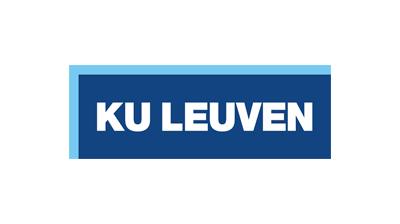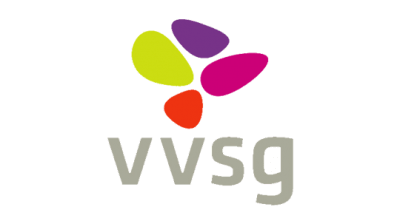Circular tendering of waste treatment
Kolding Municipality aims to increase its capacity and experience with circular procurement, both as part of the Interreg NSR Procirc project as in general. With this pilot, Kolding Municipality aimed to get a better understanding of how waste treatment plants can become more circular, how this can become a more prominent factor in tenders, how this can be made more visible and possibly motivate the market to increase its focus on circularity.
In tenders for waste material there is a general circularity criterium, as most of the tenders aim to recycle collected materials at the best price possible. Even though there is great potential for improvement, waste recycling poses many problems. Some recycling plants can handle large quantities of materials, the quality of which varies greatly. This generally results in low grade products that are only suitable for a limited number of uses. Other recycling plants focus on producing a high grade product that has far better application potential but requires equally high quality input material in the form of uniform and well sorted waste materials. How to get these materials is a different story; suffice to say that it requires a lot of effort to get one container of high quality material. In some cases just 0.05% pollution with an incompatible material can reduce the quality of the material from high to very poor. For this reason, it is extremely important to take waste sorting seriously. When people fail to do so, the ethos of recycling, where one product is reworked into a new and equally good product, is lost and the quality is actually downgraded to an inferior product with even less potential for recycling.
The collection of higher quality materials is one way to sort this problem, but better technology, handling and treatment are also possible solutions. The issue is that when cost is the only parameter in tenders and subsequent contracts, there is little incentive to improve these aspects of waste treatment.
On top of this, there are often relatively few waste treatment plants in the geographical area that are able to process each type of waste (waste fraction). The idea that the market will provide a solution if the tender is framed correctly does not apply in this context, as the number of possible recipients/contenders is often limited to two or three companies. For that reason some of the tenders must focus on further developing the existing treatment plants rather than hoping for the appearance of a ‘perfect’ third party, one whose existence was previously unknown.
A new approach to tenders might be a way to guide these innovations and help accelerate the development of the market.


















